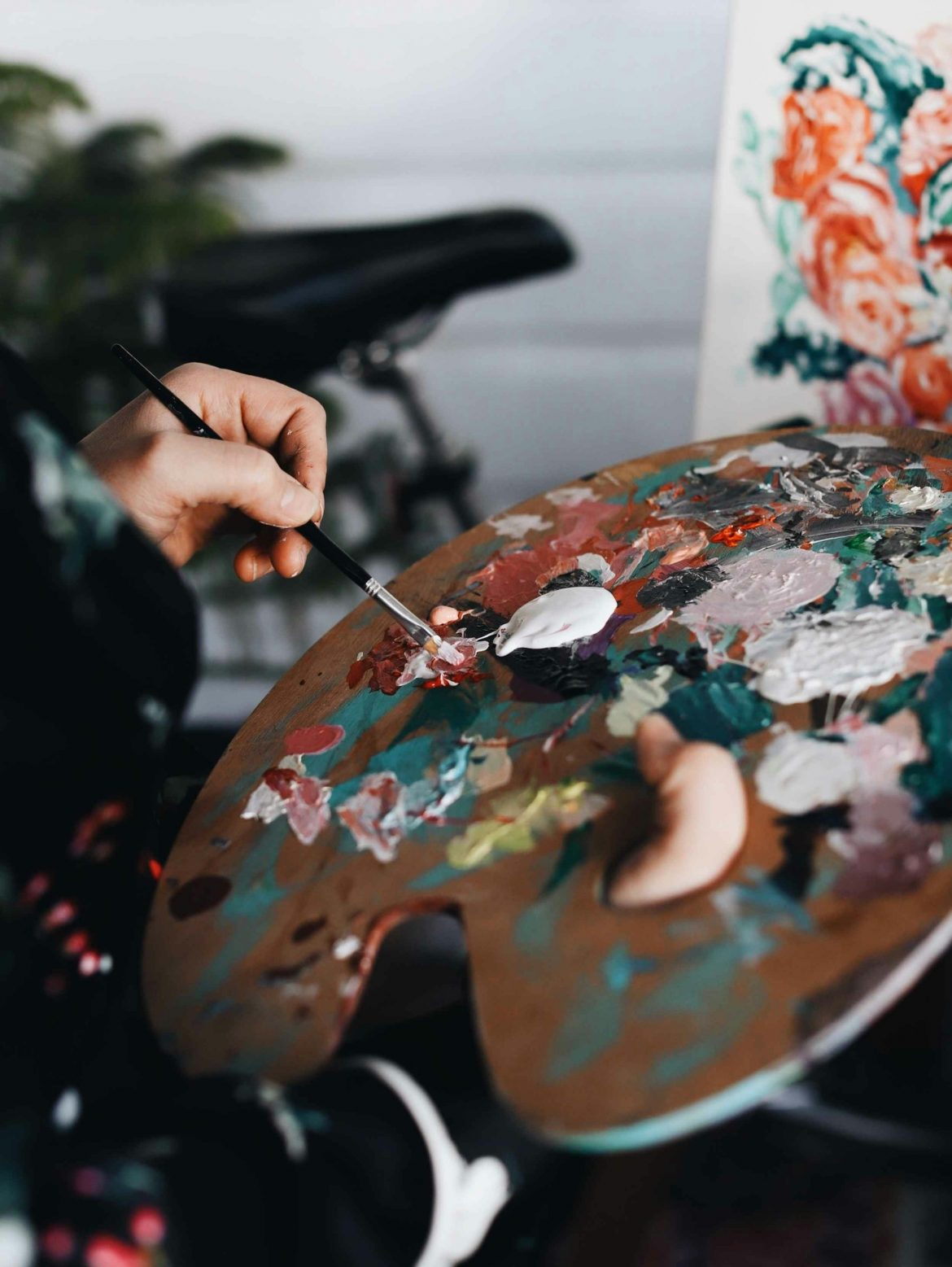Photo Credit: Tabitha Turner
How many found inspiration away from it all
Aadya Jha, Staff Writer
“And lonely as a cloud, she floats on high o’er vales and hills.” – Alfred Tennyson, 1st Baron Tennyson, “The Lady of Shalott”
“The Lady of Shalott” is a poem written by Alfred Tennyson in the 19th century. The poem tells the story of a young woman who is cursed to live alone in a tower near the island of Shalott. She cannot look directly at the outside world but can only see it through a mirror.
The theme of artistic loneliness in “The Lady of Shalott” is central to the poem. The Lady’s isolation is not just physical, but also artistic. She is separated from the real world, experiencing life through only the reflections in her mirror and the images in her woven tapestries. Her artistic creations are indirect representations of reality, filtered through the mirror and her imagination.
The theme of artistic loneliness can reflect the broader Romantic and Victorian ideas about the artist as a solitary figure, often misunderstood or isolated from society. The Lady’s predicament captures the longing for a connection with the real world while highlighting the sacrifices and challenges that artists may face in their pursuit of creative expression. It subtly confirms Tennyson’s belief that it is loneliness that creates an artist.
In his book “On Writing: A Memoir of the Craft,” Stephen King discusses the solitary nature of the writing process. He believes that writing is often a solitary pursuit, and authors, in general, may experience a sense of isolation during the creative journey.
Edward Hopper, the American realist painter, is known for his introspective and often solitary scenes. His paintings, such as “Nighthawks” and “Automat,” convey a sense of urban isolation and loneliness, which reflects his own experience. Mark Rothko, the abstract expressionist painter, was often described as a private and introspective individual, which helped his work evoke a sense of contemplation and depth. Agnes Martin, the Canadian-born American abstract painter, lived a relatively secluded life in New Mexico and was recognized for her dedication to her artistic practice.
Musicians, too, dwell in isolation to write their lyrics and create their craft. The solitude inherent in creative pursuits, whether during songwriting, composing, or personal introspection, allows artists to delve into the depths of their emotions and craft authentic expressions. Some musicians intentionally seek isolation as a respite from the pressures of fame, using it as a coping mechanism or a means to shield their creative process from external influences.
The theme of loneliness permeates the lives of many artists, influencing both their creative process and personal experiences. Whether they are painters, musicians, or writers, all artists grapple with periods of solitude, finding inspiration in the quiet spaces where introspection and self-discovery flourish. This isolation may be a deliberate choice to safeguard artistic authenticity, escape external pressures, or explore new creative realms. Loneliness, as a recurring motif, shapes the narrative of an artist’s journey, influencing the emotional depth of their work and contributing to the intricate interplay between creativity and the solitude that often accompanies it.



